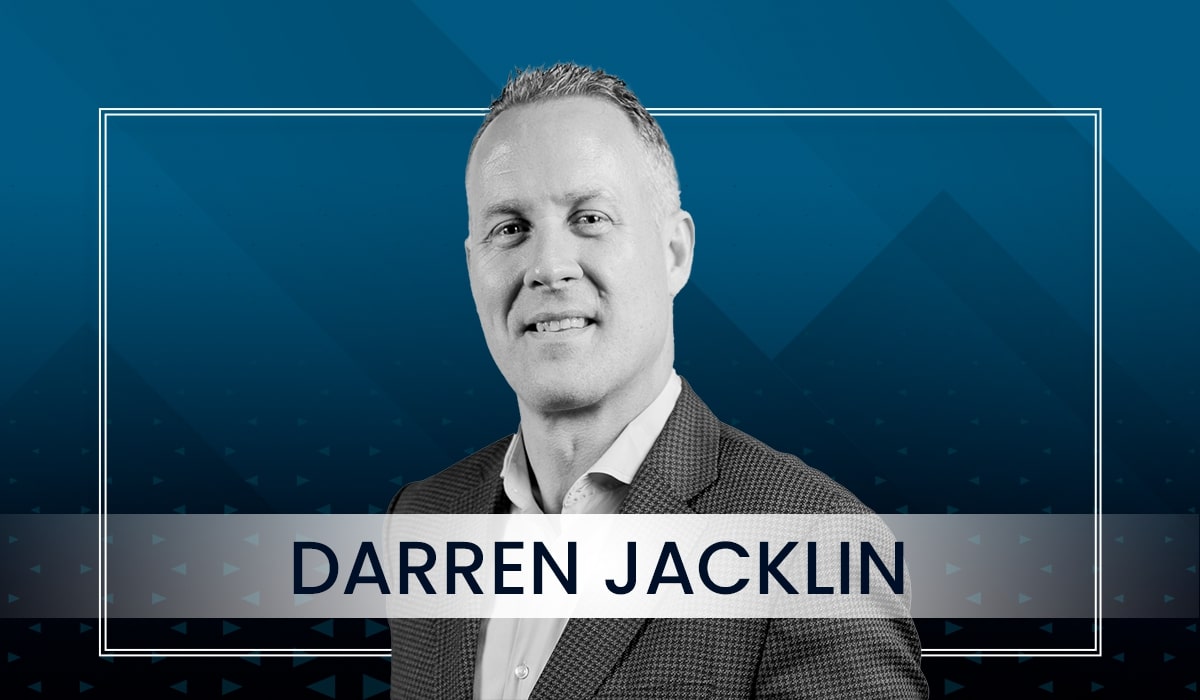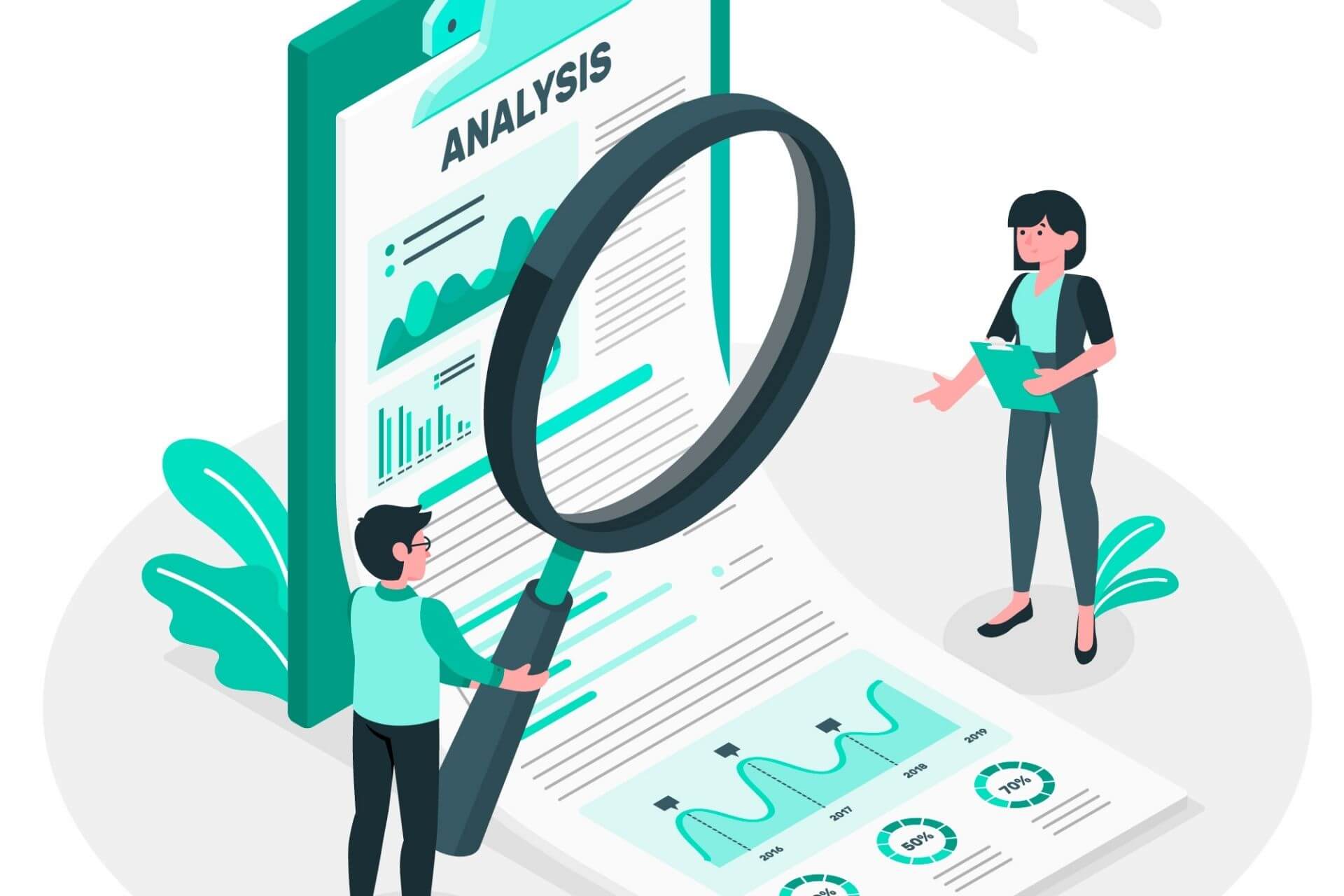[ad_1]

The hospitality industry is quite competitive. Therefore, pricing is crucial for hoteliers to optimize revenue and occupancy rates. As travelers increasingly seek tailored experiences, implementing dynamic pricing in the hospitality industry becomes essential for meeting evolving consumer demands while maximizing profitability.
Understanding Dynamic Pricing in Hospitality
It involves real-time adjustment of room rates based on various factors, like demand, seasonality, competitor pricing, and market trends. This strategic approach enables hotels to capitalize on periods of high demand by adjusting prices accordingly while attracting budget-conscious travelers during off-peak times.
Science Behind Dynamic Pricing
Effective implementation of this pricing requires a deep understanding of market dynamics and consumer behavior. By utilizing sophisticated algorithms and data analytics, hoteliers can identify booking patterns, market trends, and customer preferences to set optimal prices. Advanced technology allows hotels to automate decisions, ensuring agility and precision in revenue management practices.
Best Practices
- Market Analysis: Conduct comprehensive research to assess competitor pricing, local events, and industry trends. Informed decision-making enables hoteliers to stay ahead of the competition and optimize strategies.
- Segmentation and Personalization: Adopt a segmented pricing approach based on customer demographics, booking channels, and loyalty status. Tailoring prices to specific market segments enhances relevance and improves conversion rates.
- Dynamic Rate Optimization: This software continuously monitors demand fluctuations and adjusts prices in real-time to maximize revenue potential. It automates pricing updates, ensuring responsiveness to market changes.
- Strategic Promotions: Create enticing promotional offers and packages to stimulate demand during slower periods. Bundling room nights with value-added amenities or experiences incentivize bookings and drives revenue growth.
- Transparent Communication: Communicate changes to guests and provide the rationale behind fluctuations. Transparent pricing fosters trust and minimizes potential dissatisfaction.
Focus on Value, Not Just Price
While this often focuses on adjusting prices, it’s essential to also concentrate on the customer’s value proposition. Offering personalized experiences, packages, and promotions can enhance perceived value and justify price variations. For example, complimentary breakfast or a room upgrade can make a higher rate more palatable to customers.
Train Your Team
Your team should be well-versed in pricing principles and the tools used to implement them. Regular training sessions can ensure that everyone understands how pricing works and how to communicate price changes or value propositions to guests.
Leverage Technology
The technology that supports a successful strategy is its backbone. Investing in a robust Revenue Management System (RMS) is critical. Such a system can analyze vast amounts of data, from market trends to booking patterns, and adjust prices in real time. The technology should integrate seamlessly with your Property Management System (PMS) and other operational software to ensure the smooth execution of your pricing strategy.
Set Clear Rules
Dynamic pricing doesn’t mean random prices at any time you want. It’s essential to set clear rules and parameters within which your prices can fluctuate. This includes defining the minimum and maximum rates, understanding the value of different room types and amenities, and setting prices based on occupancy levels. These rules will guide the automated systems and ensure your strategy remains coherent and aligned with your business objectives.
A proper strategy can significantly enhance a hotel’s revenue and competitive edge. However, it requires a well-thought-out approach, leveraging technology, understanding the market, and focusing on value. By following these best practices, hoteliers can navigate the complexities of dynamic pricing in the hospitality industry and create a strategy that maximizes occupancy and revenue.
Nowadays, mastering pricing is essential for hoteliers seeking to thrive. By embracing innovative strategies and leveraging advanced technology, hotels can unlock new revenue streams, enhance guest satisfaction, and secure long-term success in the hospitality industry.
The views expressed in this article are those of the authors and do not necessarily reflect the views or policies of The World Financial Review.
[ad_2]
Source link












